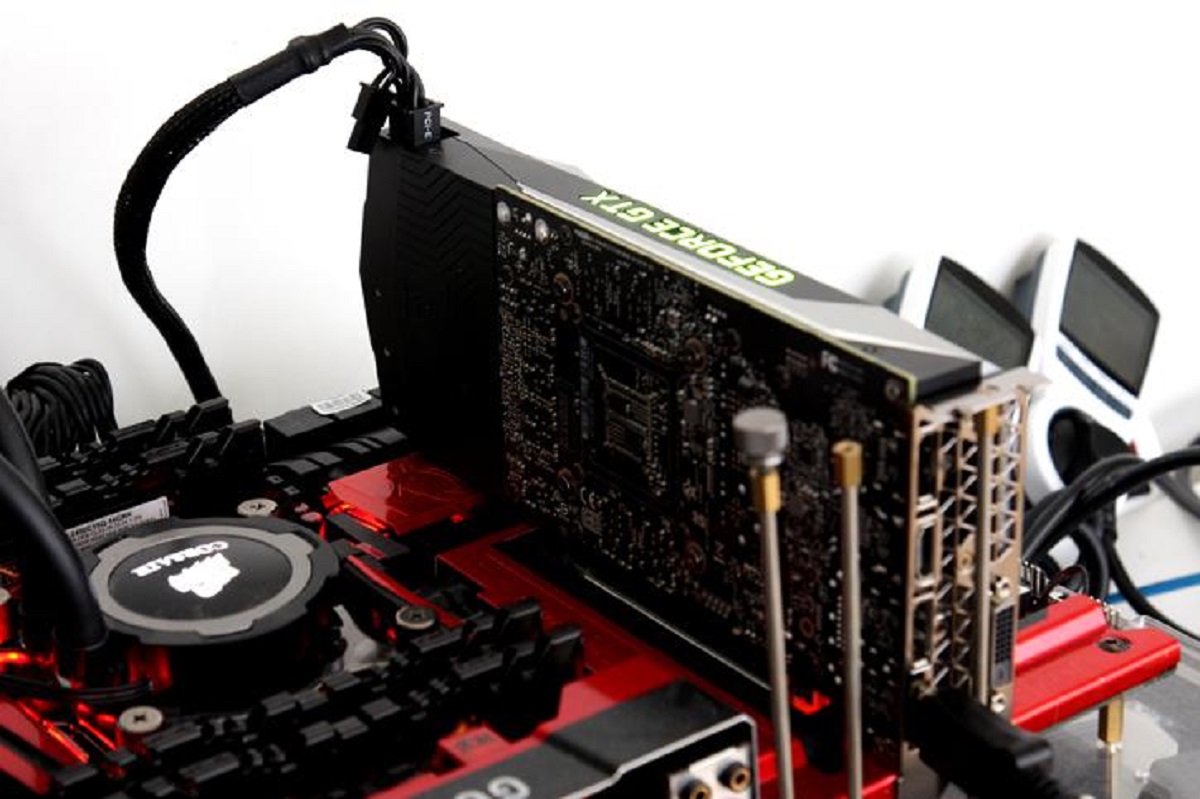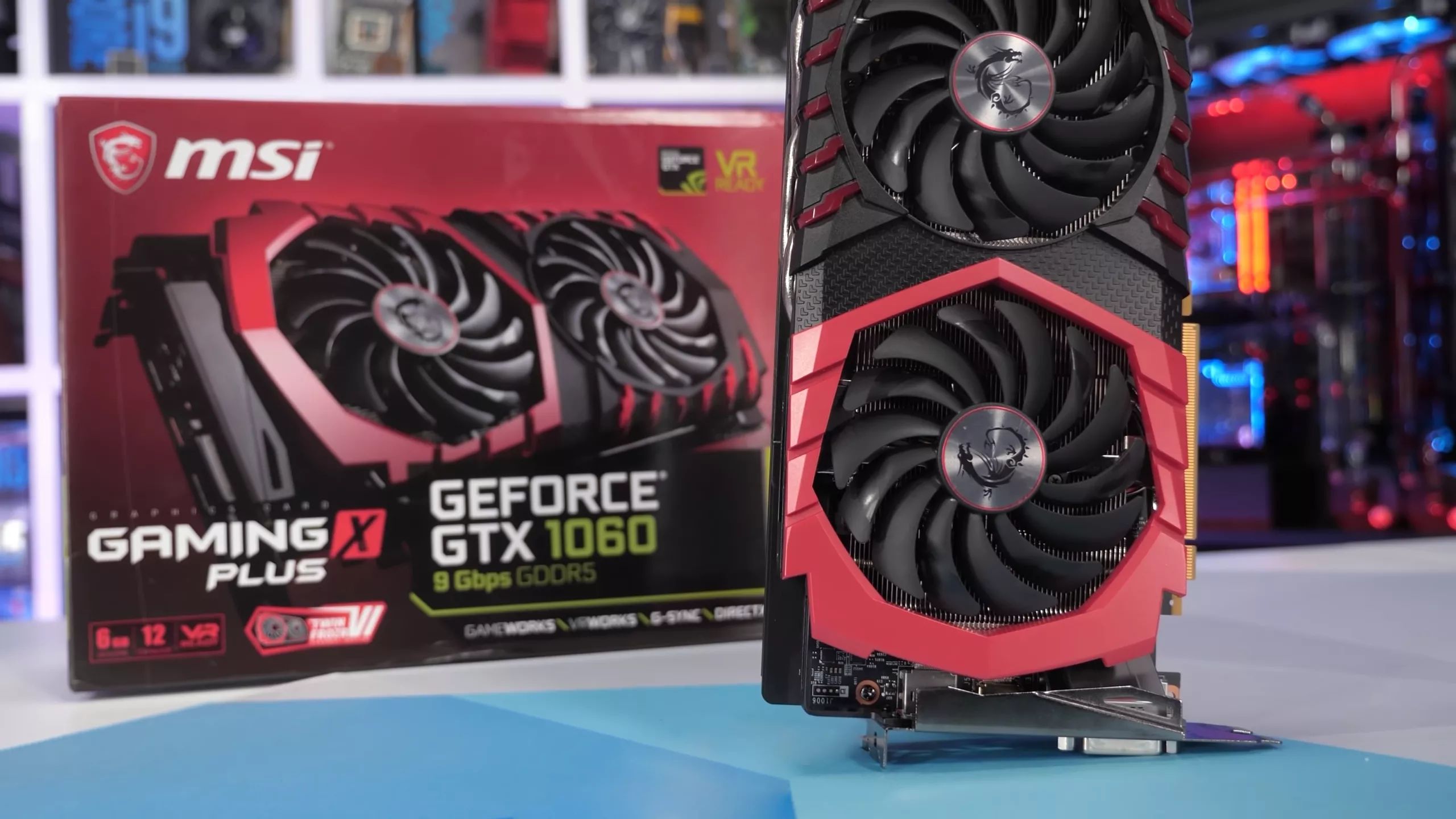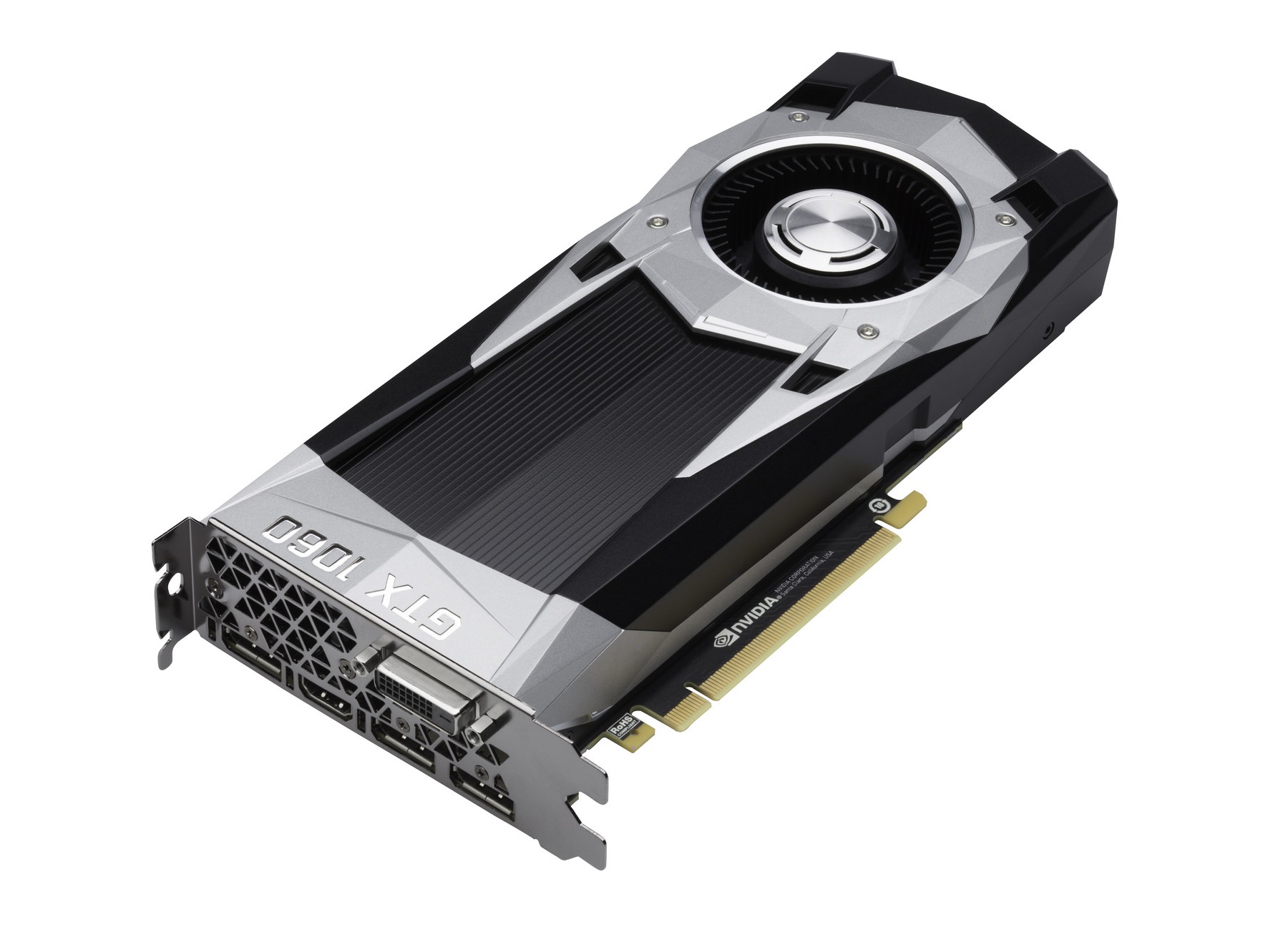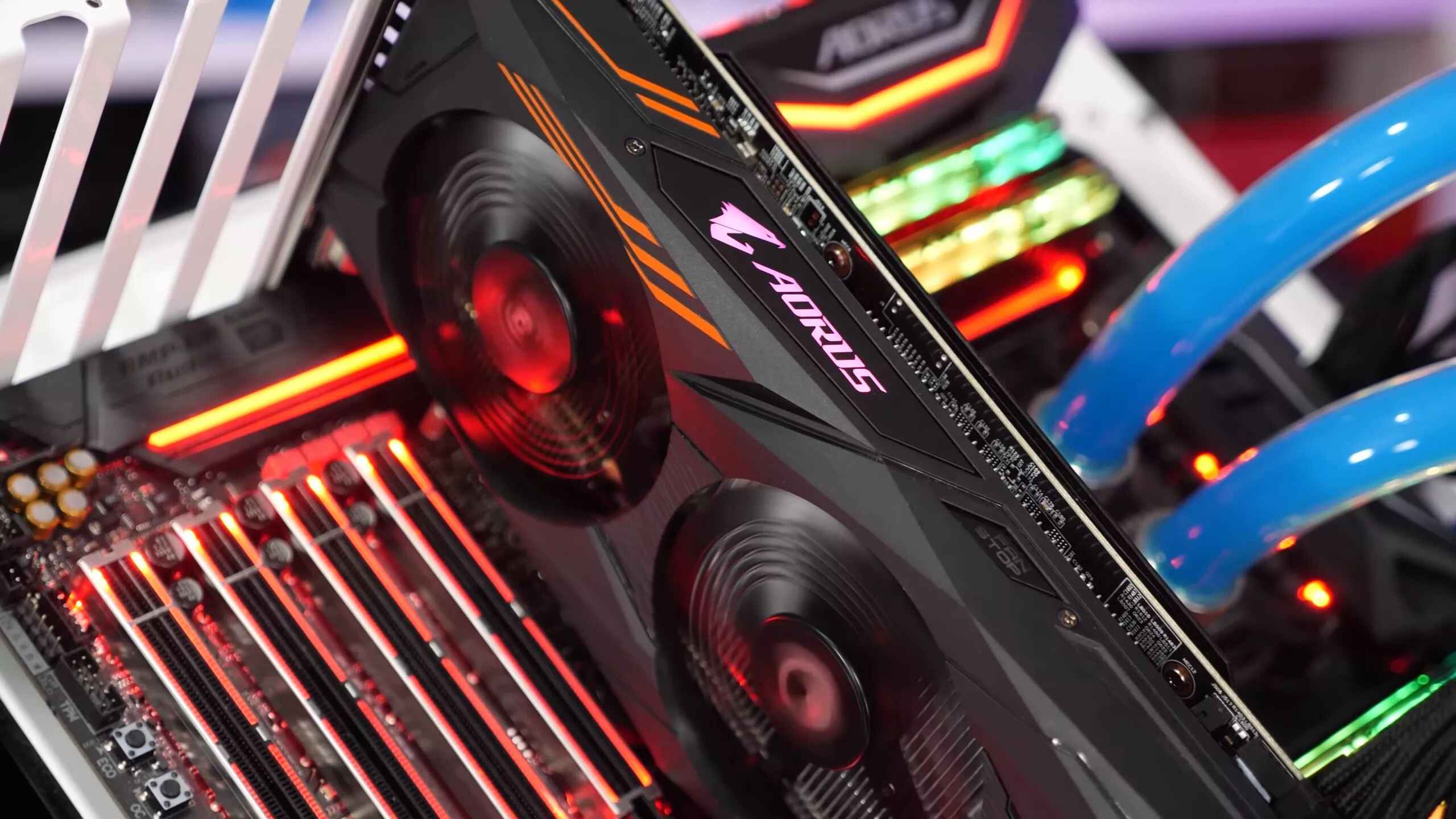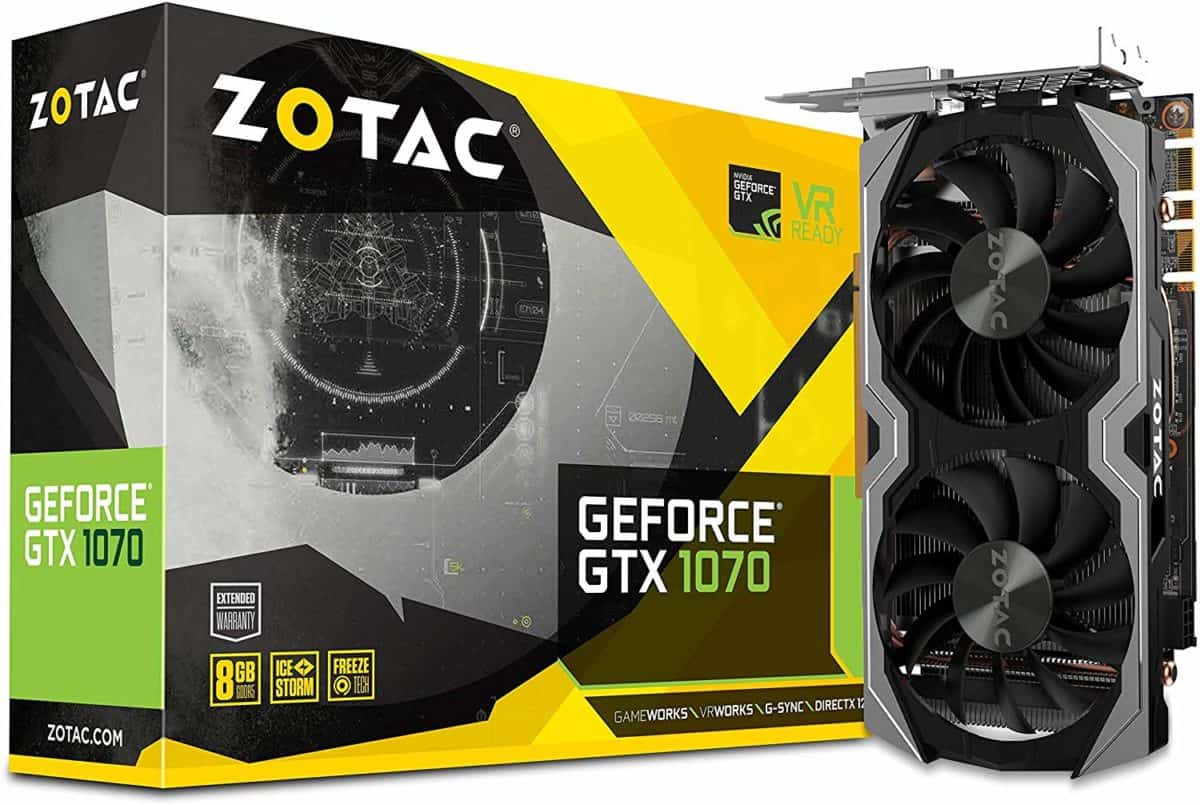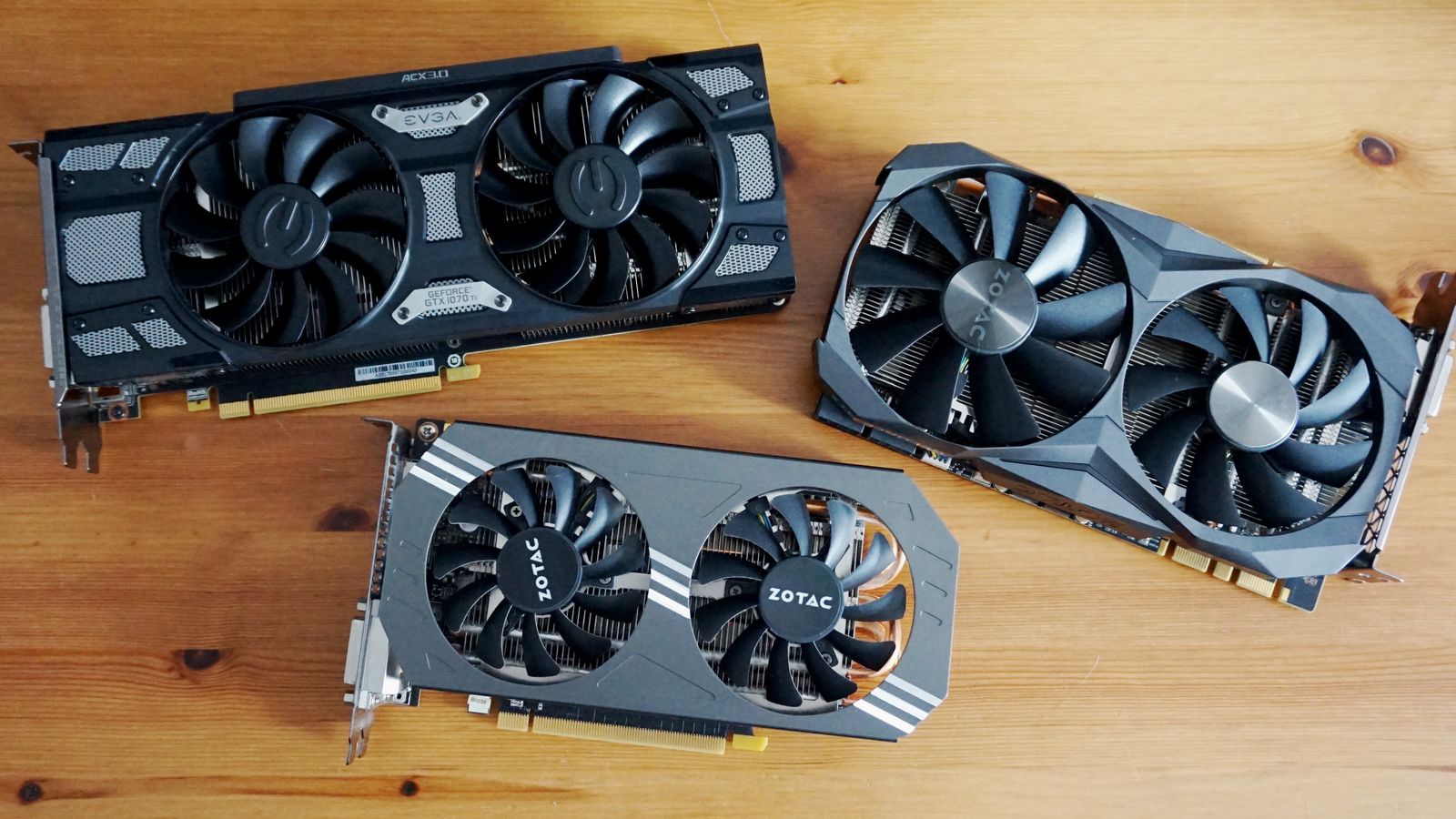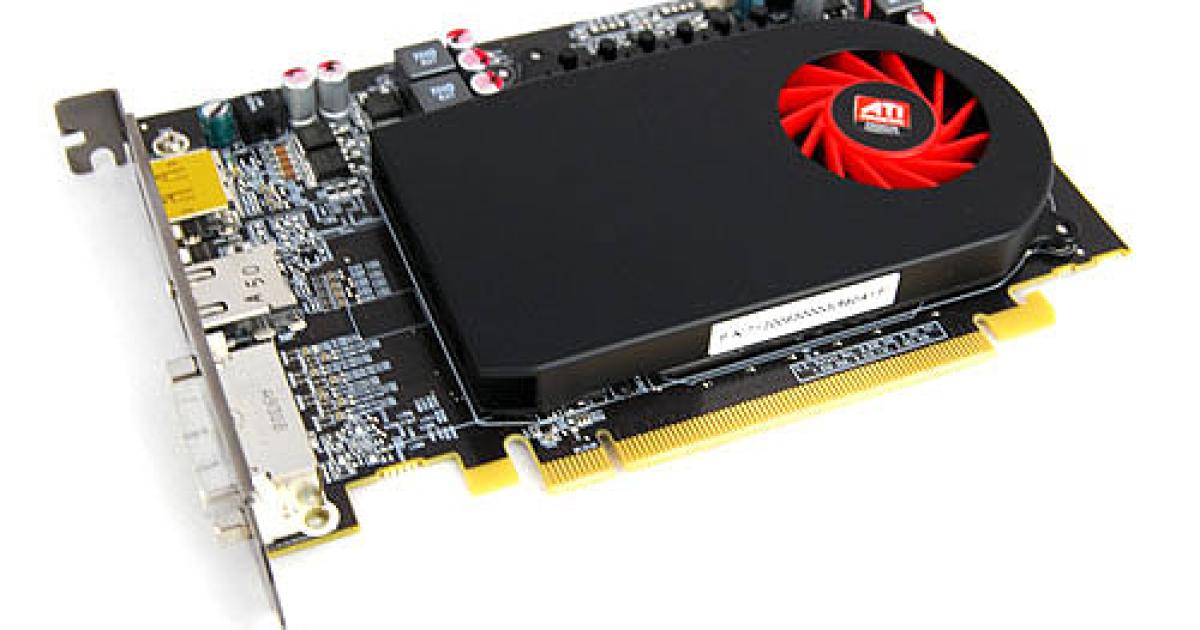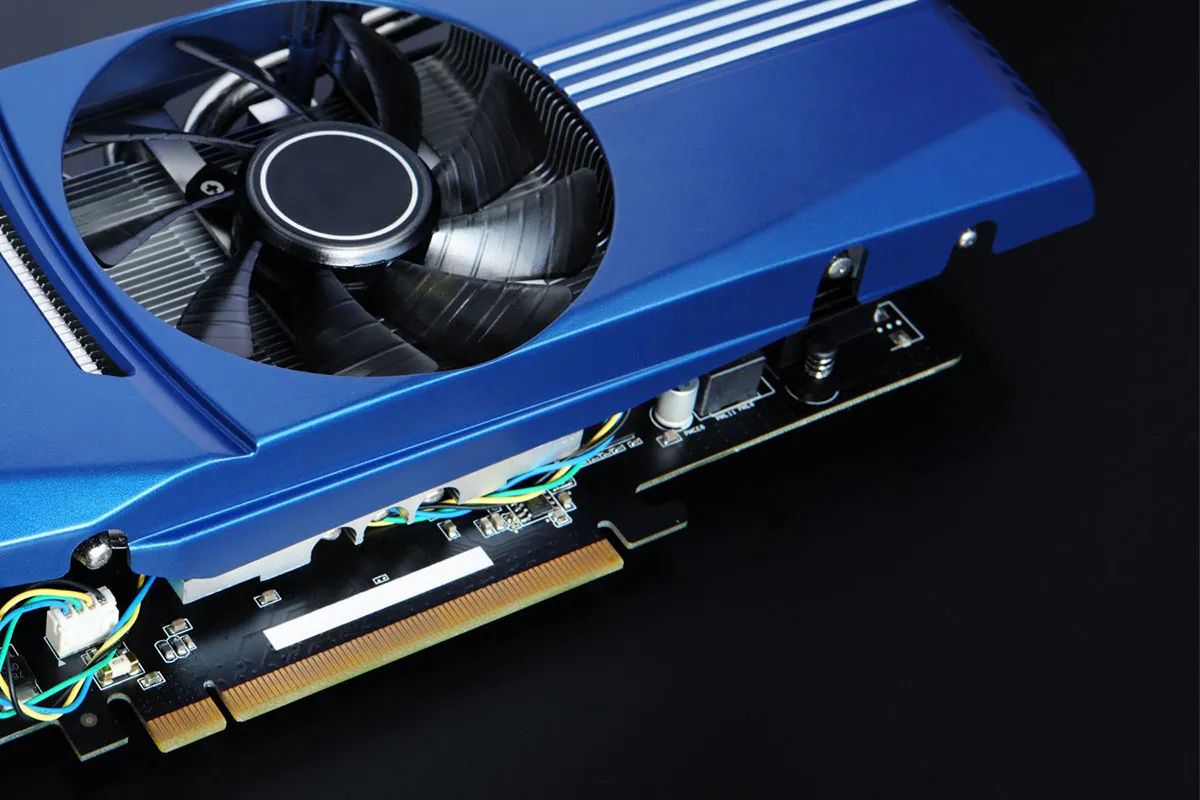Introduction
Welcome to our guide on choosing the right power supply unit (PSU) for your GTX 1060 graphics card. If you’re a gamer or a content creator, you probably know how important it is to have a reliable and efficient PSU to power your high-performance components. The GTX 1060 is a popular choice among PC enthusiasts due to its excellent performance and affordability. However, choosing the right PSU for it can be a daunting task, especially if you’re not familiar with the technical aspects of power consumption and wattage ratings.
In this article, we will break down everything you need to know about selecting the ideal PSU for your GTX 1060. We will discuss the power consumption of the graphics card, the recommended PSU wattage, and the factors to consider when choosing a PSU. We will also explore the concept of PSU efficiency and certification, as well as the difference between modular and non-modular PSUs.
Whether you’re building a new PC or upgrading your current one, having the right PSU is crucial for the stability and longevity of your system. With the GTX 1060 being a mid-range graphics card, it doesn’t require an extremely powerful PSU. However, it’s still important to choose one that provides enough power and meets the necessary requirements to ensure optimal performance.
So, if you’re ready to learn more about picking the perfect PSU for your GTX 1060, let’s dive into the details and help you make an informed decision that will suit your needs and budget.
What is a PSU?
A power supply unit (PSU) is a critical component of a computer system that converts the electrical power from an outlet into usable power for the various components of the system. It provides the necessary voltage levels and current outputs to ensure stable and reliable operation of the computer hardware. Without a functioning PSU, your computer simply won’t be able to turn on or function properly.
The PSU’s main function is to deliver power to the motherboard, CPU, graphics card, storage devices, and other components of the computer. It ensures that each component receives the correct voltage and wattage to operate efficiently and prevent damage caused by underpowering or overloading.
PSUs come in different wattage ratings, which indicate the maximum power output they can provide. This is an important consideration when choosing a PSU for your GTX 1060. While the graphics card itself doesn’t consume a huge amount of power, it’s essential to have a PSU that can provide sufficient power to all the components in your system.
In addition to delivering power, PSUs also have built-in safety features such as overvoltage protection, undervoltage protection, and short circuit protection. These mechanisms help safeguard your system from potential electrical issues that could damage your hardware.
PSUs are available in various form factors, including ATX, micro ATX, and SFX. The most common form factor for desktop computers is the ATX, which offers a standard size and compatibility with a wide range of cases. It’s important to ensure that the PSU you choose matches the form factor of your computer case.
Now that you have a basic understanding of what a PSU is and its role in your computer system, let’s delve into the specific power requirements of the GTX 1060 graphics card and how to choose an appropriate PSU to power it.
Power Consumption of GTX 1060
Understanding the power consumption of your graphics card is crucial when selecting the right PSU for your GTX 1060. The power consumption of the GTX 1060 varies depending on factors such as the model, clock speeds, and workload. However, on average, the GTX 1060 consumes around 120-150 watts of power under typical gaming loads.
It’s important to note that these power consumption figures are for the graphics card alone and do not take into account the power requirements of other components in your system. To ensure stable and efficient operation, it’s recommended to have some headroom in terms of power capacity, particularly if you have additional components such as a powerful CPU, multiple storage devices, or RGB lighting.
One way to estimate the power consumption of your entire system is by using online power supply calculators. These tools take into account the power requirements of various components and provide you with an estimate of the recommended PSU wattage for your specific configuration. Keep in mind that these calculators provide an approximation, so it’s always a good idea to add some extra wattage to ensure optimal performance and future upgrades.
In addition to power consumption, it’s worth considering the maximum power draw of the GTX 1060 during peak loads. While the average power consumption may be around 120-150 watts, the graphics card can draw more power during intense gaming sessions or when overclocked. It’s essential to choose a PSU that can handle these peak power demands without strain, ensuring stability and longevity of your system.
Now that you have an idea of the power consumption requirements of the GTX 1060, let’s explore the recommended PSU wattage to power this graphics card effectively.
Recommended PSU Wattage for GTX 1060
When it comes to choosing the right PSU for your GTX 1060, it’s crucial to select one with a wattage rating that can adequately supply power to all the components in your system. While the GTX 1060 itself doesn’t require a massive amount of power, it’s essential to have some headroom to ensure stable and efficient performance.
The recommended PSU wattage for the GTX 1060 varies depending on factors such as the specific model of the graphics card, the rest of your system’s components, and any overclocking you might intend to do. However, as a general rule of thumb, a power supply with a wattage rating of around 500-550 watts should be sufficient for most GTX 1060 configurations.
Choosing a PSU with a higher wattage rating than the minimum recommended ensures that your system has enough power to handle power spikes and future upgrades. It also allows for better efficiency as PSUs tend to perform most efficiently when operating at around 50-70% of their maximum load capacity.
It’s important to note that these recommendations are based on typical scenarios and may not apply to every specific use case. If you have a high-end CPU, multiple drives, or other power-hungry components, you may need a PSU with a higher wattage rating to accommodate those additional power demands.
Additionally, if you plan on overclocking your GTX 1060 or any other components in your system, it’s advisable to choose a PSU with an even higher wattage rating to ensure sufficient power and stability under the increased loads.
Remember, having a PSU with the right wattage rating is essential, but it’s equally important to choose a high-quality PSU from a reputable manufacturer. This ensures that you get a reliable and efficient power supply that can provide continuous and clean power to your system.
Now that you’re aware of the recommended PSU wattage for the GTX 1060, let’s explore the factors to consider when choosing a PSU for your graphics card.
Factors to Consider when Choosing a PSU for GTX 1060
When selecting a PSU for your GTX 1060, there are several important factors to consider to ensure compatibility, efficiency, and reliability. Let’s explore these factors in detail:
1. Wattage and Power Output: As discussed earlier, choosing a PSU with the appropriate wattage rating is crucial. Aim for a PSU with a wattage rating of around 500-550 watts to ensure sufficient power delivery to your GTX 1060 and other components.
2. Efficiency and Certification: Look for PSUs that have high efficiency ratings, such as 80 Plus Bronze, 80 Plus Silver, 80 Plus Gold, or 80 Plus Platinum. These certifications indicate that the PSU meets specific energy efficiency standards, which can result in lower energy consumption, reduced heat generation, and lower electricity bills.
3. Connectors and Cable Management: Ensure that the PSU has the necessary connectors to power your GTX 1060 and other components. This includes the appropriate number of PCIe connectors for the graphics card. Additionally, consider whether you prefer a modular or non-modular PSU. Modular PSUs allow you to connect only the necessary cables, reducing clutter and improving airflow within your system.
4. Brand and Reputation: Opt for PSUs from reputable brands known for their reliability and quality. Well-known brands, such as Corsair, EVGA, Seasonic, and Thermaltake, are popular choices among PC enthusiasts and have a track record of producing reliable power supplies.
5. Cooling and Noise Levels: Consider the cooling capabilities of the PSU, as overheating can affect its performance and lifespan. PSUs with efficient cooling systems, such as a large fan or multiple fans, can help maintain optimal temperature levels. Additionally, look for PSUs that have features to minimize noise levels, such as a fanless mode or quiet operation.
6. Budget: Set a budget for your PSU and find one that offers a good balance of quality and affordability. While it’s tempting to opt for the cheapest option, investing in a high-quality PSU can save you from potential system instability or hardware damage in the long run.
By considering these factors, you can confidently choose a PSU that is compatible with your GTX 1060 and provides reliable and efficient power to your entire system.
Now that we’ve covered the essential factors to consider when choosing a PSU, let’s explore the concept of PSU efficiency and certification.
PSU Efficiency and Certification
PSU efficiency and certification play a crucial role in determining the quality and performance of a power supply unit. The efficiency rating of a PSU indicates how effectively it utilizes the power from the wall outlet and converts it into usable power for your components. Higher efficiency means less wasted energy, reduced heat generation, and potential cost savings on your electricity bill.
PSUs are certified based on their efficiency ratings by organizations such as 80 Plus, which sets industry standards for PSU efficiency. The certification program rates PSUs on various levels: 80 Plus, 80 Plus Bronze, 80 Plus Silver, 80 Plus Gold, 80 Plus Platinum, and 80 Plus Titanium. Each level signifies a specific minimum efficiency level at different loads, with Titanium being the highest.
Choosing a PSU with a higher efficiency rating, such as gold or platinum, ensures that your system consumes less power from the outlet, resulting in reduced energy waste and lower operating temperatures. In turn, this can lead to better system stability, longer PSU lifespan, and potentially quieter operation.
It’s worth noting that while higher-rated PSUs tend to be more efficient, they may also come with a higher price tag. However, the initial investment can be offset by potential energy savings over time.
Additionally, PSU efficiency is not a static value. The efficiency can vary depending on the load placed on the PSU. Most PSUs operate most efficiently within the range of 50-70% load. It’s important to consider your system’s power requirements and choose a PSU that aligns with your expected load conditions for optimal efficiency.
When selecting a PSU, look for the 80 Plus certification logo and choose a rating that suits your needs and budget. However, keep in mind that efficiency is just one aspect to consider – it’s essential to balance efficiency with other factors like reliability, brand reputation, and power output capabilities.
Now that we’ve covered PSU efficiency and certification, let’s explore the difference between modular and non-modular PSUs.
Modular vs Non-Modular PSUs
When looking for a PSU for your GTX 1060, you’ll come across two main types: modular and non-modular. Understanding the differences between the two can help you make an informed decision based on your specific needs and preferences.
Non-modular PSUs come with a fixed set of cables that are directly attached to the unit. This means that all the cables, including those you may not need for your particular setup, will be present and take up space inside your case. While non-modular PSUs are typically more affordable, the excess cables can lead to a cluttered and less organized system, impacting airflow and potentially hindering maintenance or upgrades.
On the other hand, modular PSUs offer a more flexible and customizable solution. With modular PSUs, you can detach and attach the cables as needed, ensuring that you only use the cables required for your specific configuration. This leads to a cleaner and less cluttered system, improving airflow and facilitating easier cable management. Modular PSUs are particularly beneficial for smaller form factor builds or for users who value aesthetics and cable management.
While modular PSUs generally come at a higher price point compared to non-modular PSUs, the added convenience and flexibility they provide can be well worth the investment. Additionally, modular PSUs often feature higher build quality and more premium components, resulting in improved efficiency, longevity, and overall performance.
It’s important to note that modular PSUs typically have a main power cable permanently attached to the unit, known as the motherboard cable. This is necessary for powering the motherboard and cannot be detached. The modular aspect comes into play with the additional cables required for components like the graphics card, storage drives, and peripherals.
When choosing between modular and non-modular PSUs, consider your specific requirements, case size, cable management preferences, and budget. If you prioritize ease of installation, cable management, and a cleaner aesthetic, a modular PSU may be the better option for you. However, if cost is a significant factor and you don’t mind managing the extra cables, a non-modular PSU can still provide reliable power for your GTX 1060.
Now that we’ve explored the differences between modular and non-modular PSUs, let’s wrap up our guide on choosing the right PSU for your GTX 1060.
Conclusion
Choosing the right power supply unit (PSU) for your GTX 1060 is essential for ensuring optimal performance, stability, and longevity of your system. Throughout this guide, we’ve discussed various aspects to consider when selecting a PSU, including power consumption, recommended wattage, factors like efficiency and certification, and the differences between modular and non-modular PSUs.
To recap, here are some key takeaways:
– The power consumption of the GTX 1060 typically ranges between 120-150 watts, but it’s essential to have a PSU that can provide enough power to all components in your system.
– A PSU with a recommended wattage rating of around 500-550 watts should be sufficient for most GTX 1060 configurations. Adding some headroom allows for future upgrades and helps maintain efficient operation.
– PSU efficiency and certification play a vital role in determining the quality and energy efficiency of the unit. Look for PSUs with higher efficiency ratings, such as 80 Plus Gold or Platinum, for reduced energy waste and potential cost savings.
– Modular PSUs offer flexibility and better cable management, allowing you to use only the necessary cables for your configuration. Non-modular PSUs are more affordable but can result in a cluttered system with excess cables.
When choosing a PSU, it’s important to consider factors like brand reputation, cooling capabilities, noise levels, and your budget. Opting for a high-quality PSU from a reputable manufacturer ensures reliable power delivery and minimizes the risk of damage to your components.
By taking these considerations into account, you can confidently select a PSU that matches the power requirements of your GTX 1060, fits your system’s needs, and aligns with your budget constraints.
We hope this guide has provided you with valuable insights and helped you make an informed decision. Remember that a reliable and efficient PSU is a crucial investment for the stability and performance of your GTX 1060-powered system.







